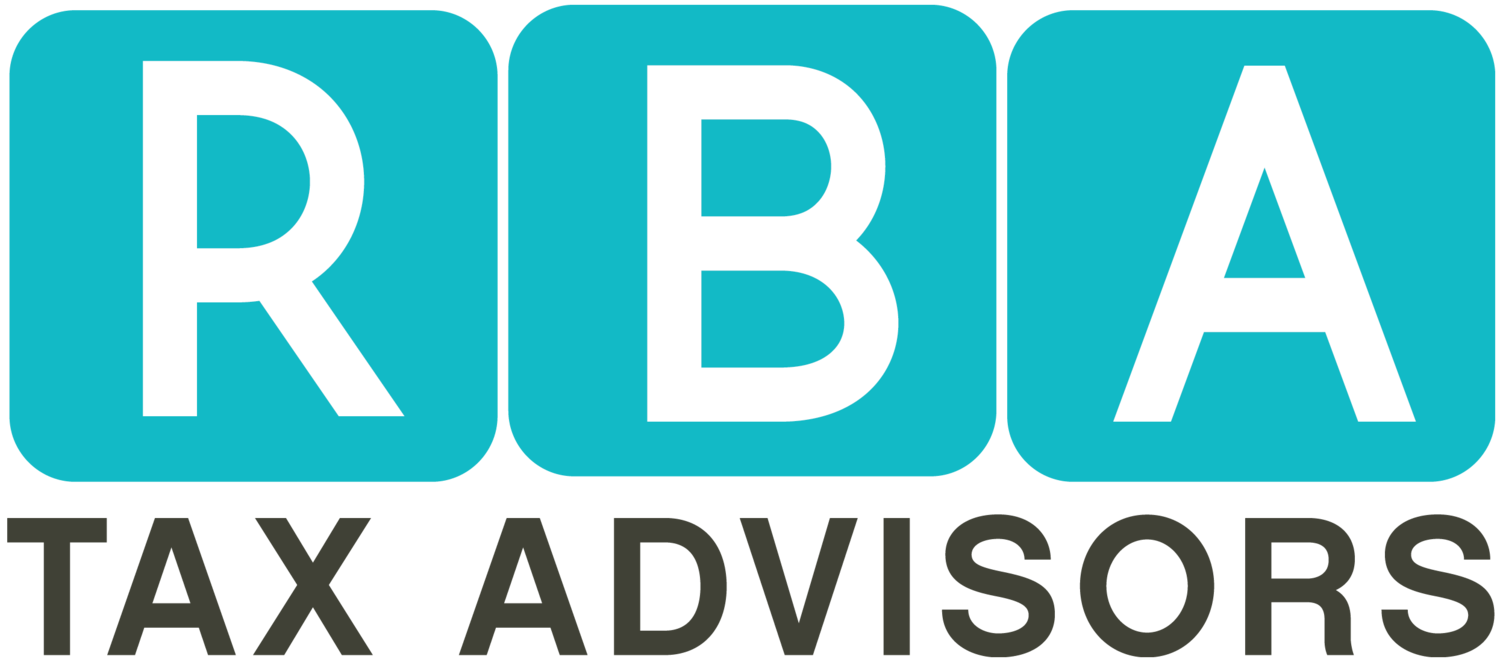Tax planning provides a way for business owners to keep more of the money they earn. The key to tax planning is knowing the right deductions that will work for your unique tax situation. For example, getting a S-corporation election one of the most common tax planning strategies to lower self-employment tax. You pay yourself less salary and take periodic distributions. S-Corporations shareholders only pay self-employment tax on salary. However, does an S-corporation work when you want to increase contribution to tax deferred account? No, it doesn’t – so not all strategies work for all taxpayers and each unique situation should be assessed.
Here are 5 tax savings for married couples looking to decrease self-employment taxes:
1) Hire your spouse for a few hours each month and get a bigger deduction and establish a self-insured Section 105 medical reimbursement plan:
a. Your spouse can work some hours in the business each month.
b. Set up a self-insured Section 105 medical expense reimbursement plan.
c. Spouse gets paid with this plan without paying any payroll tax on this amount.
d. This plan offers way more savings than the health care insurance premium deductions.
2) Double up with health saving account (HSA) and Section 105 medical reimbursement plan:
a. Combine an HSA Plan contributions with Section 105 medical reimbursement plan (see strategy 1 above).
b. Obtain a high deductible health plan (HDHP) family insurance coverage and pay HDHP Premiums
c. Business makes employer funded contributions to this plan
d. The funds in this plan grows tax-free and may rollover to the following year.
3) Hire your kids for big tax savings:
a. Take a business deduction by paying your kids to do some work.
b. The money can be put away for college.
c. If your child is under 18, he/she pays no taxes on wages up to $6,300 (2016)
d. If your child is over 21, establish an education program and deduct $5,000 of your child’s education expenses.
4) Disband husband and wife partnership when total business profits exceed self-employment tax limit ($118,500 in 2016):
a. Husband and wife Partnerships will pay more in self-employment tax.
b. One spouse should own the business then hire the next spouse as an employee.
c. When total income is combined, self-employment cap will apply only based on owner-spouse.
5) Double up on business use of your home, even when you have an office
a. Offers huge tax savings and easy to set-up up a home office.
b. The commute from home office to the second office becomes deductible as a business expense.
c. Validating business use of home (even with an office) is simple.
I hope you will be able to implement some of these savings on your tax return. The self-employment tax rate is approximately 15.3% on net self-employment income. The above list of tax strategies will lower your self-employment tax bill and help you preserve cash to invest in your business.
For more information tax saving strategies, visit RonicaBrownAgency.com/blog


